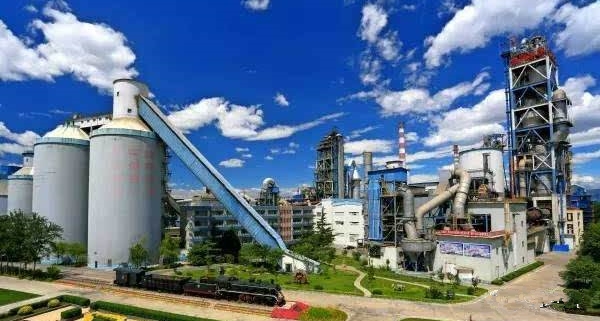The global cement industry is pursuing the harmonious coexistence of environmental protection and cement production. Using cement rotary kiln to treat municipal solid waste synergistically has always been the common goal of the industry to achieve the ultimate reuse of waste resources. In the process of industrialization and urbanization in China, in order to meet the needs of all walks of life, a large number of materials have been consumed, but accompanied by a large number of domestic waste and garbage; especially the waste produced by industry and medical industry, not only caused a sharp damage to the environment, but also seriously threatened the health of all kinds of animals and plants, so such waste needs special treatment. This is also what people often call “dangerous waste”, also known as dangerous waste.
Advantages of Rotary Kiln in Disposal of Various Wastes
(1) Hazardous waste management in China started late, and the relevant system is not perfect. The common practice abroad is to pretreat the wastes that need to be incinerated first, which are operated by professional teams and equipment. After the wastes meet the conditions of rotary kiln incineration, they are sent to rotary kiln for incineration and disposal. However, the current situation in China is that hazardous wastes are collected directly and then sent directly to cement enterprises. Safe transportation and classified storage are the premises. Cement enterprises can not avoid the problem.
(2) Solid waste garbage usually contains a variety of components, and the calorific value of each component is deviated. In the process of rotary kiln contact operation, there are often “cold and hot” situations. There are many contradictions between safe disposal of hazardous waste and smooth operation of rotary kiln.
(3) Hazardous wastes can be divided into 47 categories. There are adverse reactions among a large number of wastes. Once improperly treated, there will be fever, explosion, fire, toxic gases, such as acidity and alkalinity, acidity and cyanide. Mastering physicochemistry is also a necessary skill to deal with hazardous wastes and avoid the occurrence of batching process in advance.
(4) In view of the different calorific value and stability of hazardous waste, not only should the waste be thoroughly incinerated, but also the different calorific value of waste be fully taken into account, and reasonable solutions such as the location and way of entering the kiln should be found.
(5) Cement kiln is sensitive to halogen elements and alkaline substances. If the amount is not appropriate, it will affect the quality of cement kiln and cement products. Therefore, it is necessary to constantly test and determine the incineration ratio of halogen-containing substances and alkaline substances.
Cooperative treatment of domestic waste by cement kiln can bring many conveniences to our life, help to protect the environment and save energy. Continuous improvement of relevant technology level can further provide energy utilization rate and solve the problem of hazardous waste discharge in urban life.



